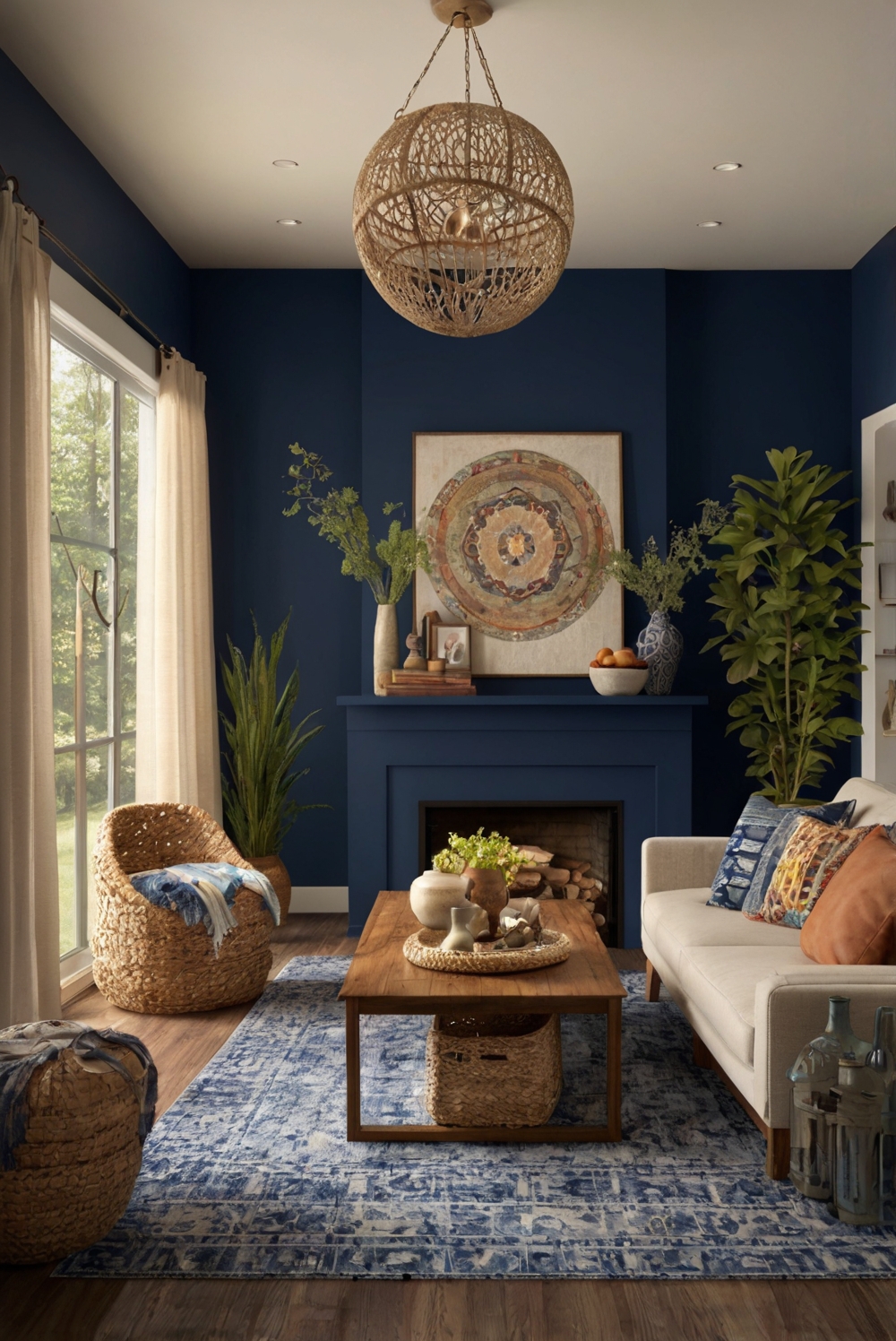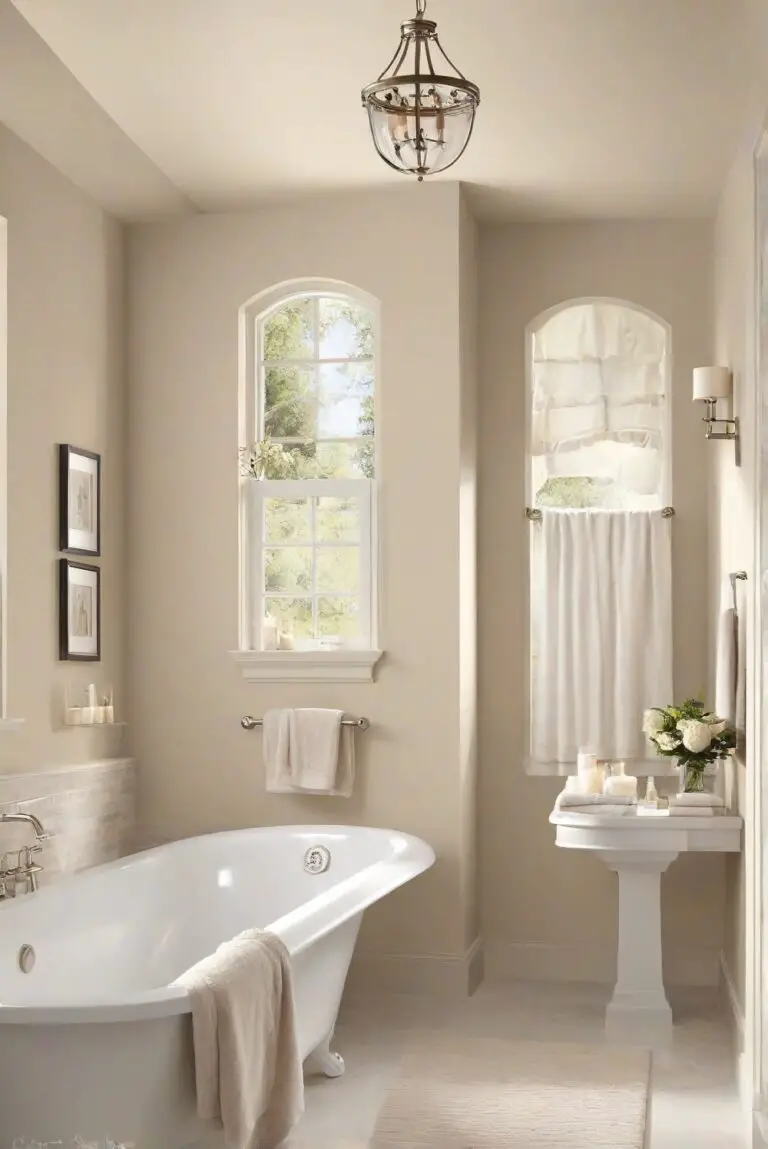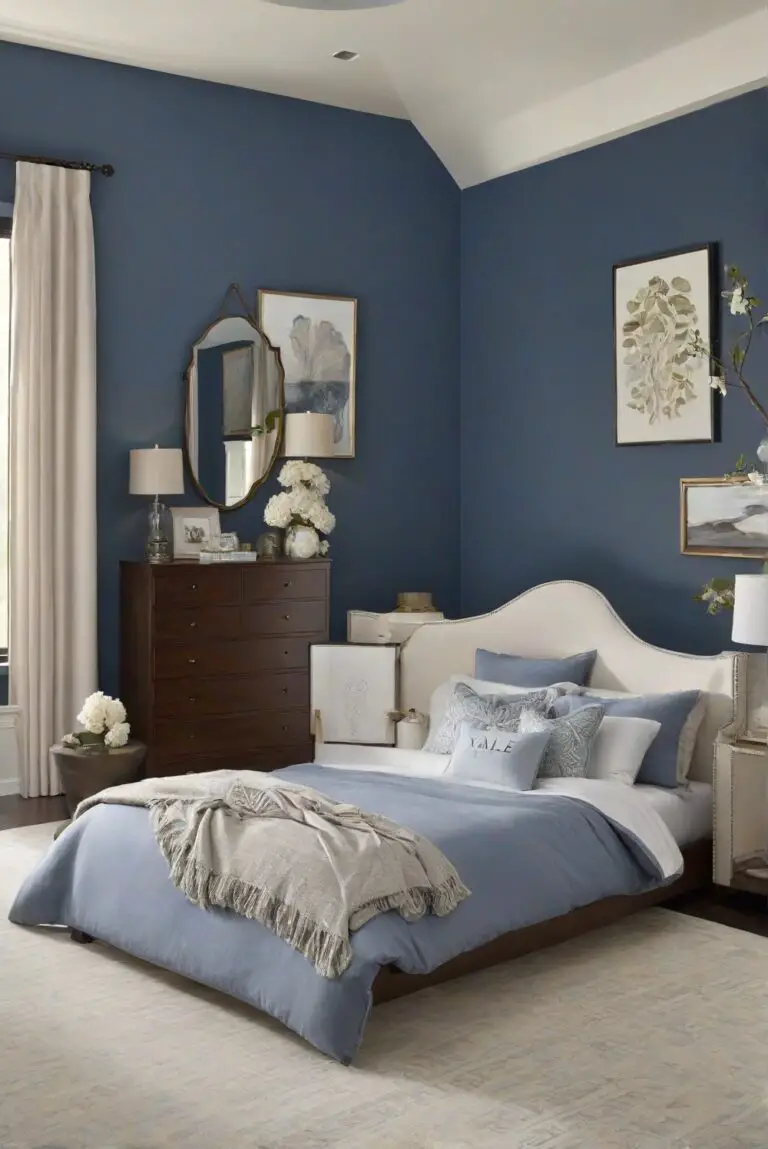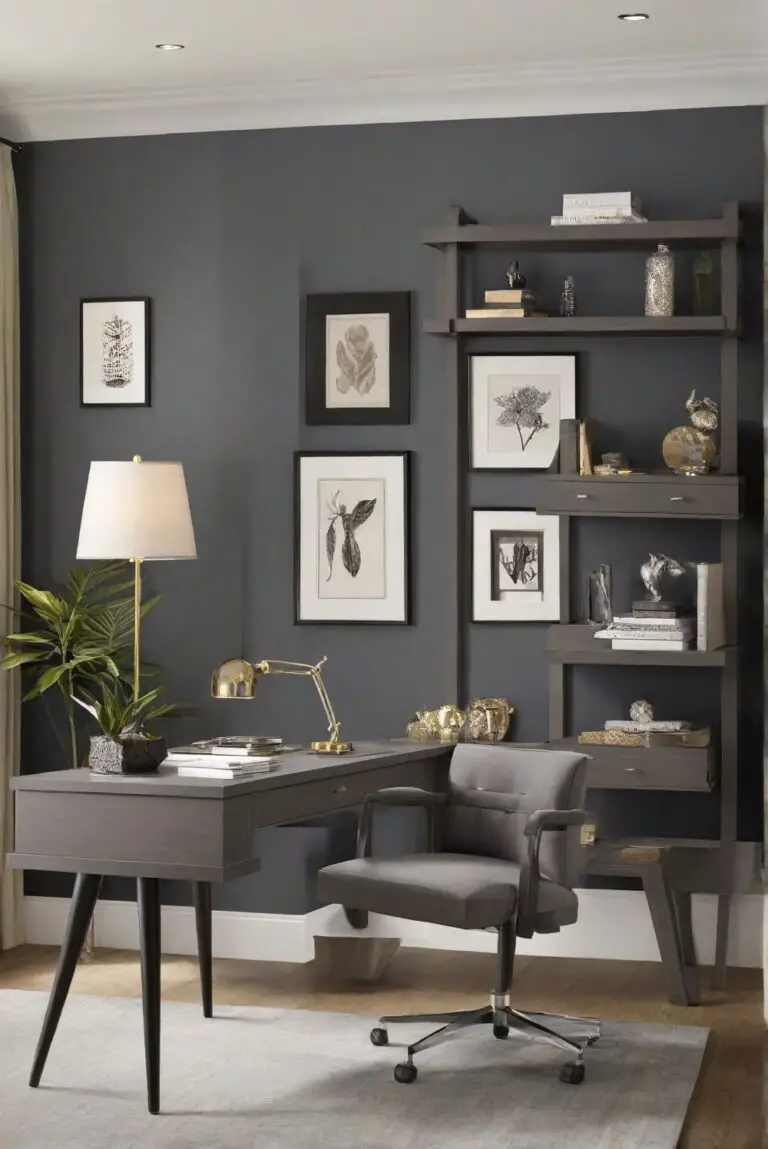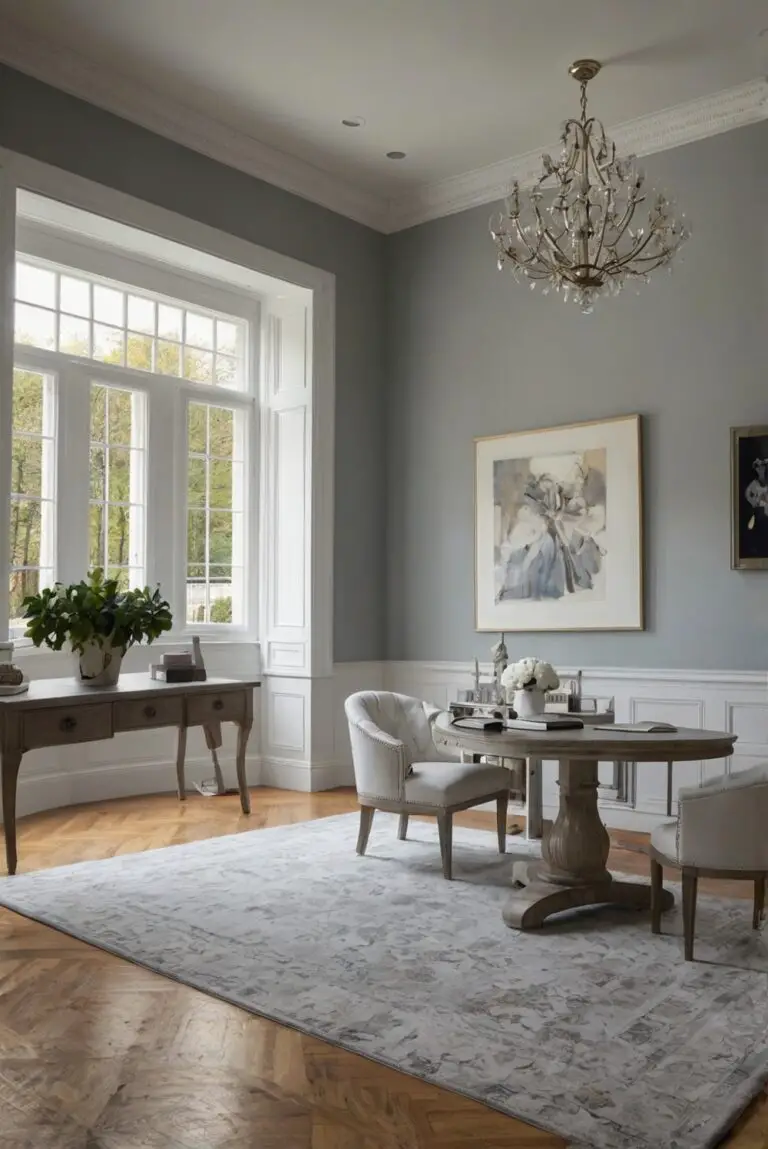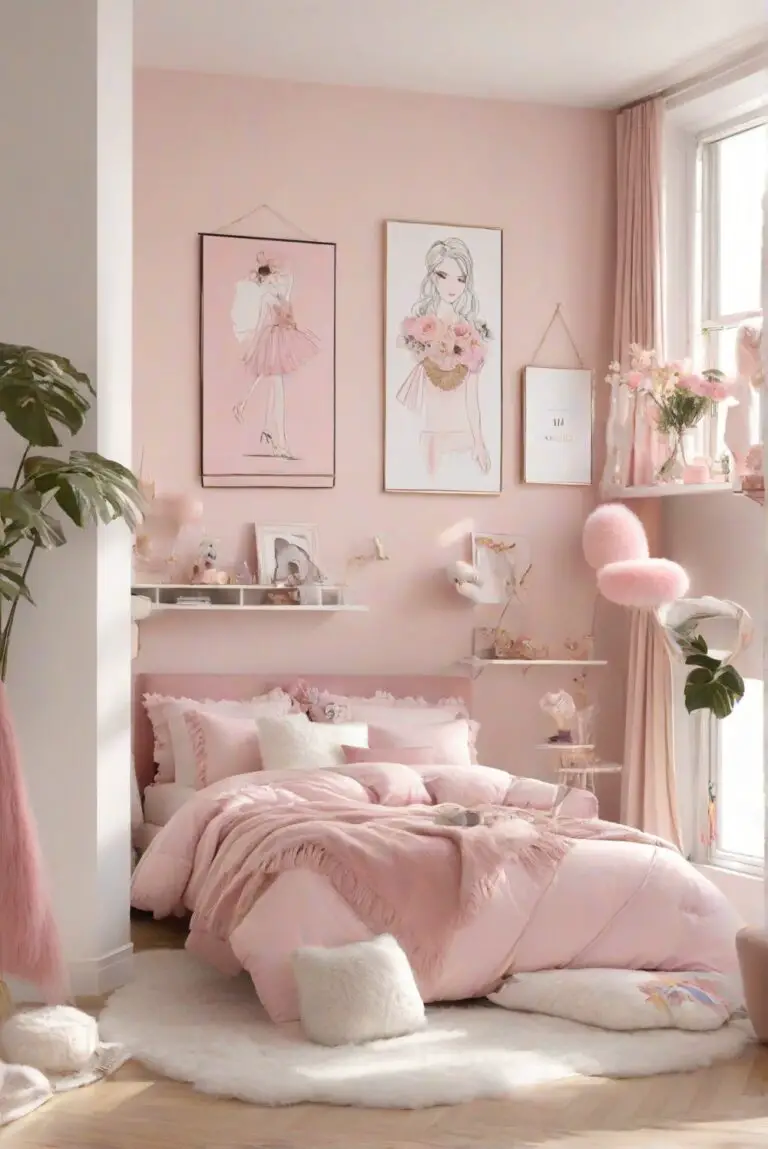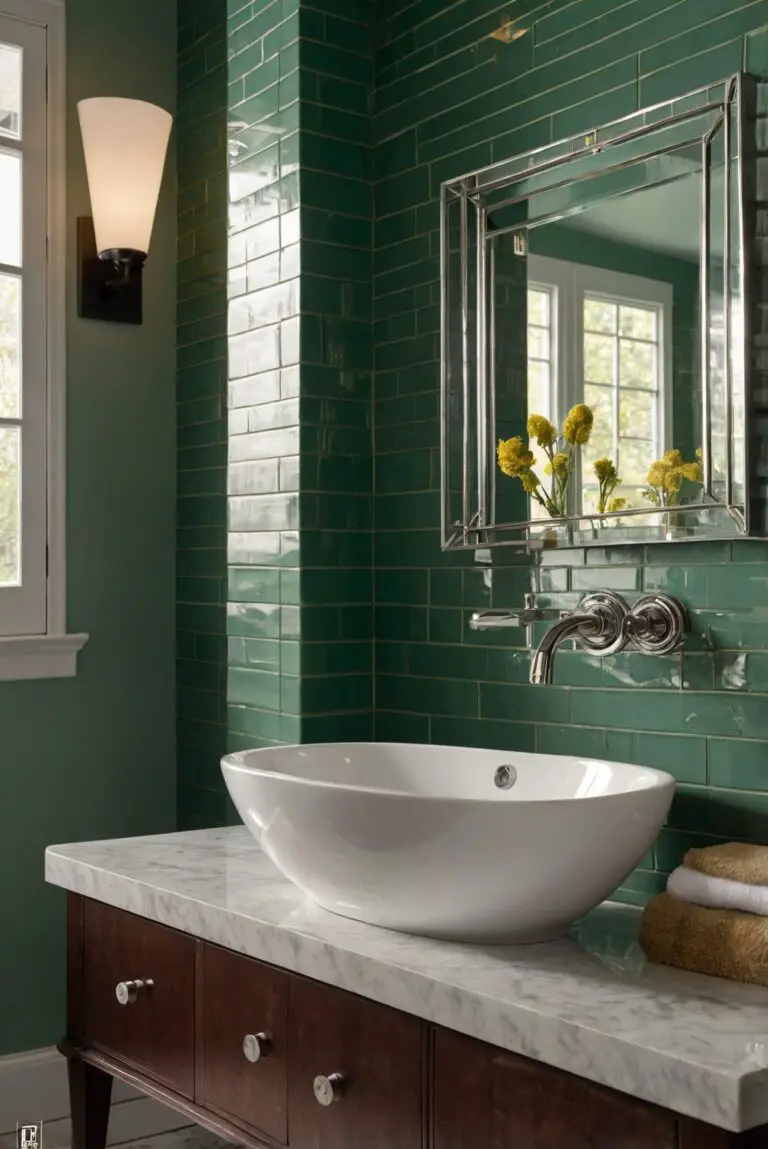Discover the secret to selecting accent wall colors that enhance your living room’s aesthetic. Learn how to create a cohesive palette in your daily interior design routine.
To choose accent wall colors that complement your overall living room palette, start by considering the existing colors in your space. Look at the furniture, decor, and flooring to determine your primary color scheme. Choose an accent color that contrasts with the main colors to create visual interest. Consider using a color wheel to help you find complementary or analogous colors. Test the paint colors on a small section of the wall to see how they look in different lighting conditions. Remember that darker colors can make a room feel cozy, while lighter colors can make it feel more spacious. Be mindful of the mood you want to create in the space and choose colors accordingly. Don’t be afraid to experiment and have fun with your home decorating!
How to choose accent wall colors that enhance the overall aesthetic of my living room?
Choosing accent wall colors that enhance the overall aesthetic of your living room can significantly elevate the space’s design. When selecting accent wall colors, consider the following key points:
– **Harmony**: Ensure that the accent wall color harmonizes with the existing color scheme in your living room.
– **Contrast**: Opt for a color that provides a striking contrast to the other walls in the room, creating visual interest.
– **Balance**: Maintain a sense of balance by choosing a color that complements the furniture and decor in the space.
– **Focus**: Use the accent wall to draw attention to a specific area or feature in the room, such as a fireplace or artwork.
– **Lighting**: Consider how natural and artificial lighting in the room will impact the chosen accent wall color.
– **Personal Style**: Reflect your personal style and preferences in the color choice to make the space feel more personalized.
– **Trendy Tones**: Experiment with trendy accent wall colors like deep navy, emerald green, or terracotta for a modern touch.
What is the best way to ensure my accent wall color complements the existing palette in my living room?
To ensure that your accent wall color complements the existing palette in your living room seamlessly, follow these guidelines:
– **Color Wheel**: Use the color wheel to identify complementary or analogous colors that work well together.
– **Sample Testing**: Test paint samples on the wall to see how they interact with the other colors in the room under different lighting conditions.
– **Undertones**: Pay attention to the undertones of the existing wall colors and select an accent color with similar undertones for cohesion.
– **Neutral Balance**: If your living room features neutral tones, consider a bold accent color to create a focal point without overwhelming the space.
– **Monochromatic Scheme**: Stick to a monochromatic color scheme by choosing a shade from the same color family for a sophisticated look.
– **Texture Contrast**: Introduce texture through materials like wood or metal in the accent wall to complement the existing palette.
– **Artwork Inspiration**: Draw inspiration from existing artwork or decor pieces in the room to select a complementary accent wall color.
Can I mix different shades or tones for my accent wall to create a modern and stylish look?
Mixing different shades or tones for your accent wall can indeed create a modern and stylish look in your living room. Here are some trendy ideas to achieve this effect:
– **Ombre Effect**: Create a gradual transition of color on the accent wall, starting with a lighter shade at the top and gradually darkening towards the bottom.
– **Color Blocking**: Use geometric shapes or lines to block off different sections of the accent wall and paint each section in a different shade for a contemporary look.
– **Two-Tone Walls**: Opt for a two-tone accent wall by painting the upper and lower halves in contrasting colors.
– **Gradient Colors**: Blend two or more colors together on the accent wall to create a smooth gradient effect for a unique and artistic touch.
– **Tonal Variation**: Choose shades of the same color with varying depths to add dimension and depth to the accent wall.
– **Pattern Play**: Incorporate patterns like stripes, chevron, or geometric designs using different shades to make the accent wall visually appealing.
– **Bold Color Pops**: Introduce a pop of a bold color against a neutral backdrop to create a striking focal point in the room.
– **Natural Inspiration**: Draw inspiration from nature and incorporate earthy tones like greens, blues, and browns in varying shades for a calming and organic feel.
– **Metallic Accents**: Experiment with metallic paints or finishes to add a touch of glamour and sophistication to the accent wall.
Key Takeaways
– **Harmony**: Ensure the accent wall color harmonizes with the existing color scheme.
– **Contrast**: Create visual interest by choosing a color that contrasts with the other walls.
– **Balance**: Maintain balance by selecting a color that complements the furniture and decor.
– **Personal Style**: Reflect your personal style in the accent wall color choice.
– **Texture Contrast**: Introduce texture through materials to enhance the accent wall.
– **Trendy Tones**: Experiment with trendy colors like deep navy or emerald green for a modern touch.
– **Color Wheel**: Use the color wheel to identify complementary or analogous colors for cohesion.
– **Sample Testing**: Test paint samples on the wall under different lighting conditions.
– **Artwork Inspiration**: Draw inspiration from existing artwork or decor pieces for a cohesive look.

